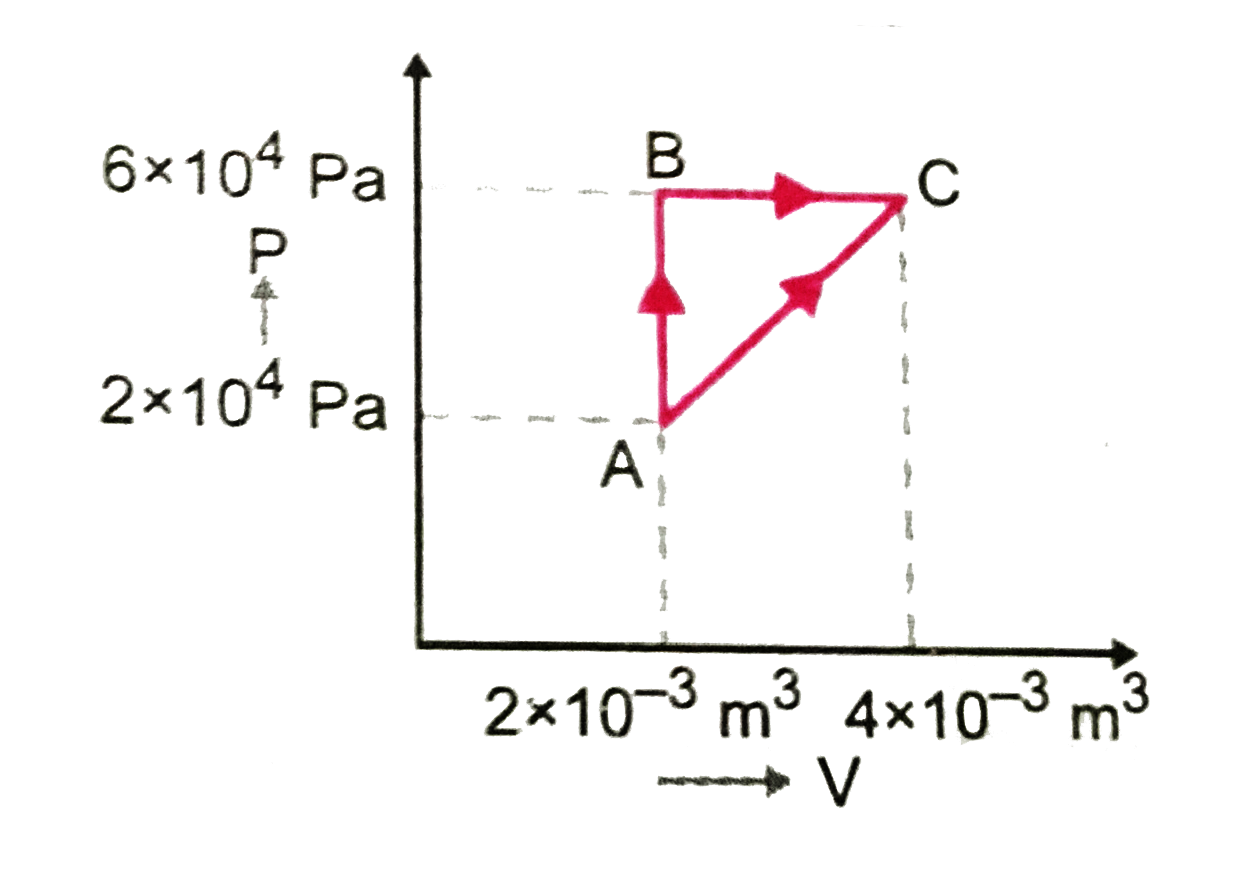The process in which no heat enters or leaves the system is termed as
The correct Answer is:4
To solve the question, "The process in which no heat enters or leaves the system is termed as," we can follow these steps:
1. Understanding the Concept of Heat Transfer:
- In thermodynamics, heat transfer refers to the movement of thermal energy from one system to another. This can occur through various processes such as conduction, convection, and radiation.
2. Identifying the Type of Process:
- There are different types of thermodynamic processes, including isothermal, adiabatic, isochoric, and isobaric processes. Each of these processes has distinct characteristics regarding heat transfer.
3. Defining the Adiabatic Process:
- An adiabatic process is defined as a thermodynamic process in which there is no heat transfer into or out of the system. This means that the heat exchange (q) is equal to zero (q = 0).
4. Characteristics of an Adiabatic Process:
- In an adiabatic process, the system is thermally insulated from its surroundings. Therefore, any change in the internal energy of the system is due solely to work done on or by the system, rather than heat exchange.
5. Conclusion:
- Based on the definition and characteristics discussed, we conclude that the process in which no heat enters or leaves the system is termed as an adiabatic process.
Final Answer:
The process in which no heat enters or leaves the system is termed as an adiabatic process.
---
- In thermodynamics, heat transfer refers to the movement of thermal energy from one system to another. This can occur through various processes such as conduction, convection, and radiation.
- There are different types of thermodynamic processes, including isothermal, adiabatic, isochoric, and isobaric processes. Each of these processes has distinct characteristics regarding heat transfer.
- An adiabatic process is defined as a thermodynamic process in which there is no heat transfer into or out of the system. This means that the heat exchange (q) is equal to zero (q = 0).
- In an adiabatic process, the system is thermally insulated from its surroundings. Therefore, any change in the internal energy of the system is due solely to work done on or by the system, rather than heat exchange.
- Based on the definition and characteristics discussed, we conclude that the process in which no heat enters or leaves the system is termed as an adiabatic process.
The process in which no heat enters or leaves the system is termed as an adiabatic process.
Topper's Solved these Questions
Similar Questions
Is it possible to increase the temperature of a gas without giving it heat?
OR
Name the process, in which no heat is transfereed to or form a system but the temperature of the system changes.
View SolutionThe internal energy of a system remains constant when it undergoes
(i) a cyclic process
(ii) an isothermal process
(iii) an adiabatic process
(iv) any process in which the heat given out by the system equal to the work done on the system
View Solution
Knowledge Check
A process in which the system does not exchange heat with the surroundings is known as
AisothermalBadiabaticCthermalDisochoric
Give an example of a process in which no heat is transferred to or from a system but the temperature of the system changes?
View SolutionA gas undergoes a change of state during which 100J of heat is supplied to it and it does 20J of work. The system is brough back to its original state through a process during which 20 J of heat is released by the gas. What is the work done by the gas in the second process?
View SolutionName the process by which tea leaves are separated from prepared tea.
View SolutionThree processes compose a thermodynamic cycle shown in the accompanying P−V, diagram of an ideal gas.
Process 1→2 take place at constant temperature, during this process 60J of heat enters the system.
Process 2→3 takes place at constant volume. During this process 40J of heat leaves the system.
Process 3→1 is adiabatic.
What is the change in internal energy of the during process 3→1?
View SolutionIn (figure). shows two path that may be taken by a gas to go from a state A to state C

In the process AB, 400J of heat is added to the system and in process Bc, 100J of heat is added to the system. The heat absorbed by the system in the process AC will be
View SolutionA closed system receives 200kJ of heat at constant volume. It then rejects 100kJ of heat while it has 50kJ of work done on it at constant pressure. If an adiabatic process can be found which will restore the system to its initial state, the work done by the system during this process is
View SolutionA thermodynamic process is shown in the following figure. The process and volumes corresponding to some points in the figure are:
PA=3×103Pa,
VA=2×10−3m−3,
PB=3×104Pa,VD=2×10−3m3
In process AB,600J of heat is added to the system and in the process BC,200J of heat is added to the system. the change in internla energy of the system in the process AC would be

View Solution
